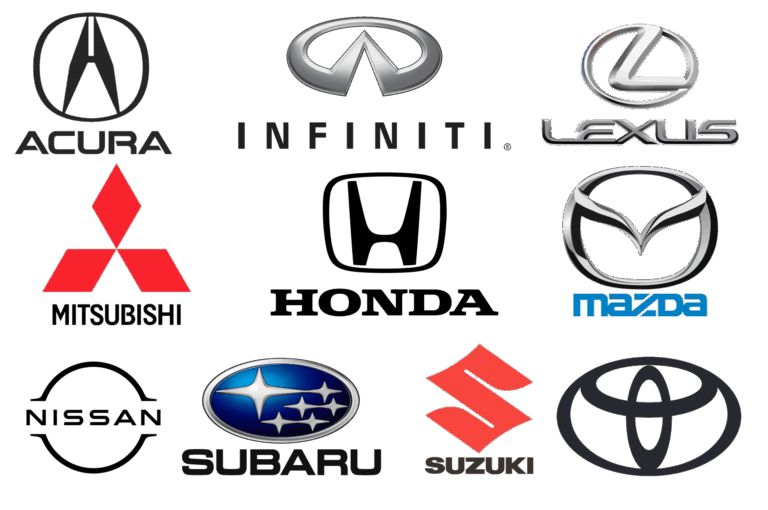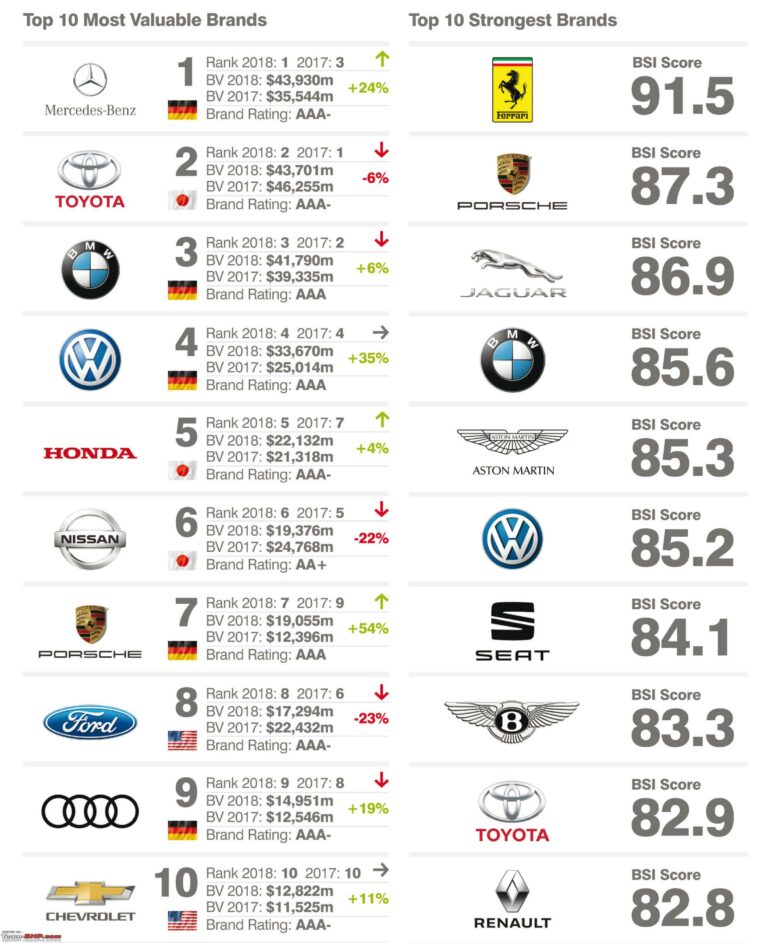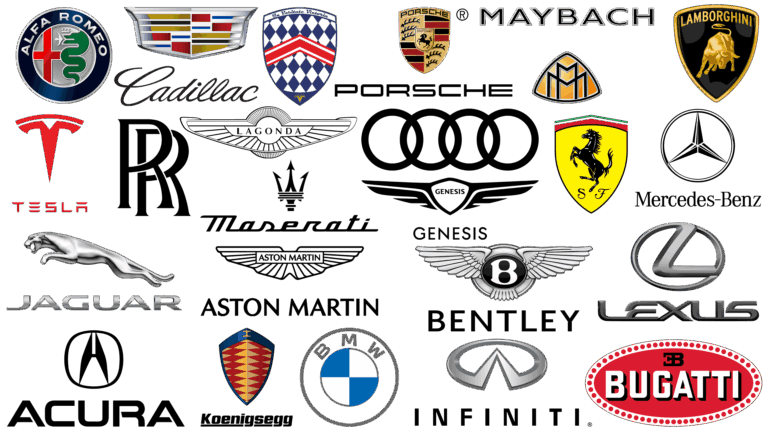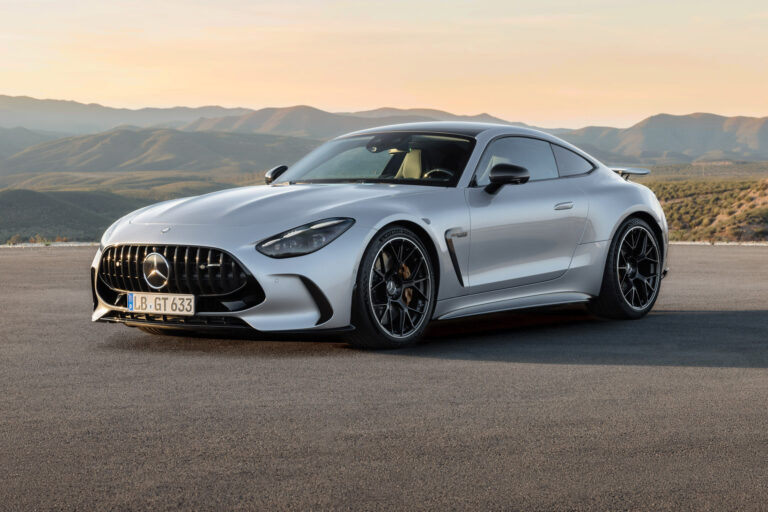Top Car Brands In The Philippines 2017: A Comprehensive Review of the Automotive Landscape
Top Car Brands In The Philippines 2017: A Comprehensive Review of the Automotive Landscape cars.truckstrend.com
An Engaging Introduction: The Dynamic Philippine Automotive Market of 2017
The year 2017 marked a significant period of growth and transformation for the automotive industry in the Philippines. Fueled by a robust economy, increasing disposable incomes, and a burgeoning middle class, car sales reached unprecedented heights. This surge in demand wasn’t just about owning a vehicle; it was about lifestyle, mobility, and the aspiration for convenience and comfort in a rapidly developing nation. Understanding the top car brands in the Philippines in 2017 isn’t merely a historical exercise; it offers crucial insights into consumer preferences, market trends, and the strategies that allowed certain manufacturers to dominate. It reflects the practical needs of Filipino commuters, the desire for reliable family transport, and the growing appreciation for both utility and modern features. For anyone looking to understand the forces that shaped the local auto scene, or even for those considering a pre-owned vehicle from that era, a deep dive into the top performers of 2017 provides an invaluable guide.
Top Car Brands In The Philippines 2017: A Comprehensive Review of the Automotive Landscape
The Landscape of 2017: Factors Shaping Automotive Success
The Philippine automotive market in 2017 was characterized by several key dynamics. Economic growth hovered around 6.9%, creating a conducive environment for big-ticket purchases. Low interest rates on car loans, aggressive marketing campaigns, and attractive financing schemes made car ownership more accessible than ever before. Furthermore, the burgeoning BPO (Business Process Outsourcing) sector created a new demographic of young, upwardly mobile professionals with significant purchasing power.
Consumer preferences were also evolving. While sedans remained popular, there was a noticeable shift towards SUVs (Sport Utility Vehicles), MPVs (Multi-Purpose Vehicles), and pick-up trucks, driven by the need for more versatile family vehicles, better ground clearance for challenging road conditions, and the growing popularity of adventure lifestyles. Fuel efficiency, reliability, after-sales service, and the availability of spare parts continued to be paramount considerations for Filipino buyers. The anticipation of the TRAIN (Tax Reform for Acceleration and Inclusion) Law, though fully implemented in 2018, also influenced purchasing decisions towards the end of 2017, as consumers sought to acquire vehicles before potential price increases.
Dominators of the Road: Top Car Brands in the Philippines 2017
Identifying the "top" car brands involves looking at sales volume, market share, and consumer perception of reliability and value. Based on the 2017 sales data released by the Chamber of Automotive Manufacturers of the Philippines, Inc. (CAMPI) and the Association of Vehicle Importers and Distributors (AVID), a clear hierarchy emerged.
1. Toyota: The Unquestioned Leader
Toyota continued its long-standing reign as the market leader in 2017, demonstrating an unparalleled understanding of the Filipino consumer. Its success was built on a reputation for bulletproof reliability, strong resale value, a vast dealership network, and readily available spare parts.
- Key Models: The Vios remained the top-selling sedan, a staple for personal and fleet use due to its fuel efficiency and low maintenance. The Innova dominated the MPV segment, serving as the quintessential Filipino family vehicle. The Fortuner cemented its position as the country’s best-selling SUV, appealing to families and adventure-seekers alike. The Hilux pick-up truck also performed strongly, catering to both commercial and lifestyle needs.
- Why they led: A wide range of models across all segments, aggressive marketing, and a perception of trust and durability that resonated deeply with Filipino buyers.

2. Mitsubishi Motors: A Strong Contender
Mitsubishi maintained its solid second position, known for its durable and robust vehicles, particularly in the SUV and pick-up segments.

- Key Models: The Montero Sport was a formidable competitor in the mid-size SUV segment, admired for its powerful engine and comfortable ride. The Strada pick-up truck was a strong performer, valued for its utility and toughness. The compact Mirage G4 and Mirage hatchback offered affordable and fuel-efficient options, appealing to first-time car buyers and those seeking practical city cars.
- Why they performed well: A focus on practicality, performance, and durability, particularly suited to the diverse road conditions and usage patterns in the Philippines.
3. Hyundai: The Rising Star

Hyundai continued its impressive growth trajectory, appealing to consumers with its modern designs, feature-rich offerings, and increasingly competitive pricing.
- Key Models: The Accent sedan and hatchback were highly popular for their fuel efficiency and stylish looks. The Tucson compact SUV offered a compelling package of comfort, space, and modern features. The Elantra also garnered attention for its sleek design and refined driving experience.
- Why they gained ground: A strong emphasis on design, technology, and value-for-money, coupled with expanding dealership networks and improving after-sales service.
4. Ford: Power and Capability
Ford solidified its position as a strong player, particularly in the high-margin pick-up and SUV segments, capitalizing on the growing demand for robust and capable vehicles.
- Key Models: The Ranger pick-up truck was a dominant force, known for its power, off-road capability, and commanding presence. The Everest SUV, based on the Ranger platform, also enjoyed immense popularity, offering a blend of ruggedness and family-friendly comfort.
- Why they were strong: A focus on segment-leading features, powerful engines, and a perception of toughness and reliability.
5. Honda: Refined and Reliable
Honda continued to be a preferred choice for those seeking refined driving dynamics, fuel efficiency, and a reputation for quality and reliability.
- Key Models: The BR-V compact MPV-SUV crossover quickly became a hit for its versatility and spaciousness. The City and Civic sedans remained strong sellers, appealing to different segments with their blend of performance, fuel economy, and sophisticated design. The HR-V crossover also contributed significantly to their sales.
- Why they appealed: A consistent commitment to engineering excellence, fuel efficiency, and a comfortable, refined driving experience.
Other Significant Players:
- Isuzu: Dominated the commercial vehicle and truck segments, with the mu-X SUV and D-Max pick-up also being strong contenders for private use, known for their fuel efficiency and legendary durability.
- Nissan: Showed strong signs of a resurgence, particularly with the highly anticipated Navara pick-up and the Almera sedan.
- Suzuki: Maintained a niche in the compact and affordable segments with models like the Ertiga MPV, Celerio hatchback, and Swift hatchback.
Practical Advice for Understanding the 2017 Market (and its Relevance Today)
While 2017 is in the past, understanding the factors that made these brands successful offers valuable insights:
- Resale Value: Brands like Toyota and Mitsubishi generally command higher resale values due to their reputation for reliability and readily available parts. This is a crucial consideration for anyone buying a used car from this era.
- Parts Availability: The top brands typically have extensive dealership and service networks, meaning parts and maintenance are more accessible and often more affordable.
- Segment Dominance: If you’re looking for a specific type of vehicle (e.g., a reliable family SUV, a durable pick-up, or a fuel-efficient city car), the top brands of 2017 likely offered the best-in-class options.
- Technological Advancements: While 2017 models might not have the latest autonomous features, they often included key safety (ABS, airbags) and infotainment technologies that were standard for their time.
Challenges and Considerations in 2017 (and Beyond)
Despite the booming sales, the automotive market in 2017 faced challenges that continue to affect car ownership:
- Traffic Congestion: The sheer volume of new car sales exacerbated already severe traffic congestion in urban centers, particularly Metro Manila. This led to a greater appreciation for fuel-efficient models and vehicles that offered comfortable rides during long commutes.
- Parking Space: Limited and expensive parking remained a significant issue, influencing buyers towards more compact vehicles or those with good maneuverability.
- Fuel Price Volatility: Global oil prices, though relatively stable in 2017, always loomed as a concern, pushing consumers towards more fuel-efficient gasoline or diesel options.
- Anticipation of TRAIN Law: The looming tax reform law, which would increase excise taxes on vehicles, led to a rush of purchases towards the end of 2017, potentially pulling sales forward from 2018.
Table: Popular Models and Price Ranges (Philippines 2017)
Below is a table showcasing some of the most popular models from the top car brands in the Philippines during 2017, along with their approximate price ranges at the time. Please note that prices varied based on trim levels, specific features, and dealer promotions.
| Brand | Popular Models (2017) | Typical Price Range (PHP, 2017) | Key Selling Point |
|---|---|---|---|
| Toyota | Vios, Innova, Fortuner, Hilux | 600,000 – 1,800,000 | Unmatched reliability, strong resale, wide network |
| Mitsubishi | Montero Sport, Strada, Mirage G4, Mirage | 600,000 – 1,700,000 | Durability, robust performance, practical choices |
| Hyundai | Accent, Tucson, Elantra | 650,000 – 1,400,000 | Stylish design, feature-rich, improving value |
| Ford | Ranger, Everest | 1,000,000 – 2,000,000 | Powerful engines, off-road capability, ruggedness |
| Honda | BR-V, City, Civic, HR-V | 800,000 – 1,600,000 | Refined drive, fuel efficiency, quality build |
| Isuzu | mu-X, D-Max | 1,200,000 – 1,800,000 | Legendary durability, fuel-efficient diesel engines |
| Nissan | Navara, Almera | 700,000 – 1,500,000 | Bold design, strong pick-up, improving market presence |
| Suzuki | Ertiga, Celerio, Swift | 500,000 – 900,000 | Affordability, compact size, practical for city driving |
Note: Prices are approximate manufacturer suggested retail prices (MSRP) for new vehicles in 2017 and do not include dealer discounts or additional costs like insurance and LTO registration.
Frequently Asked Questions (FAQ) about Top Car Brands in the Philippines 2017
Q1: Which car brand had the highest sales volume in the Philippines in 2017?
A1: Toyota consistently held the top spot in sales volume throughout 2017, maintaining its dominant market share.
Q2: What were the most popular car segments in 2017?
A2: While sedans (like the Toyota Vios and Hyundai Accent) remained strong, SUVs (e.g., Toyota Fortuner, Mitsubishi Montero Sport, Ford Everest) and pick-up trucks (e.g., Toyota Hilux, Ford Ranger, Mitsubishi Strada) experienced significant growth and popularity. MPVs/AUVs (like the Toyota Innova and Honda BR-V) also continued to be strong sellers.
Q3: How did economic conditions affect car sales in 2017?
A3: The robust economic growth of the Philippines in 2017, coupled with stable inflation and accessible financing options, significantly boosted consumer confidence and purchasing power, leading to record-breaking car sales.
Q4: Was the TRAIN Law already impacting car sales in 2017?
A4: While the TRAIN Law was fully implemented in January 2018, the anticipation of higher excise taxes on vehicles towards the end of 2017 led to a surge in sales as consumers rushed to purchase cars before potential price increases took effect.
Q5: What factors should I consider if I’m looking to buy a pre-owned car from 2017?
A5: When considering a 2017 model, prioritize brands known for reliability and parts availability (e.g., Toyota, Mitsubishi, Honda). Check the vehicle’s maintenance history, mileage, overall condition, and if it has any outstanding recalls. Also, factor in the availability and cost of spare parts for specific models.
Concluding Summary: A Year of Automotive Milestones
The year 2017 was a landmark period for the Philippine automotive industry, characterized by unprecedented growth and a clear hierarchy of dominant brands. Toyota, Mitsubishi, Hyundai, Ford, and Honda led the charge, each leveraging their unique strengths to cater to the diverse needs and aspirations of Filipino consumers. From the unwavering reliability of Toyota to the rugged capability of Ford, and the stylish efficiency of Hyundai, these brands offered compelling choices that resonated with a market on the rise. Understanding this era provides not just a historical snapshot but also enduring insights into consumer behavior, market dynamics, and the foundational elements that continue to drive the automotive sector in the Philippines. The lessons learned from 2017 – the importance of reliability, after-sales service, fuel efficiency, and catering to specific segment needs – remain highly relevant, solidifying the legacy of these top car brands in the nation’s automotive story.






